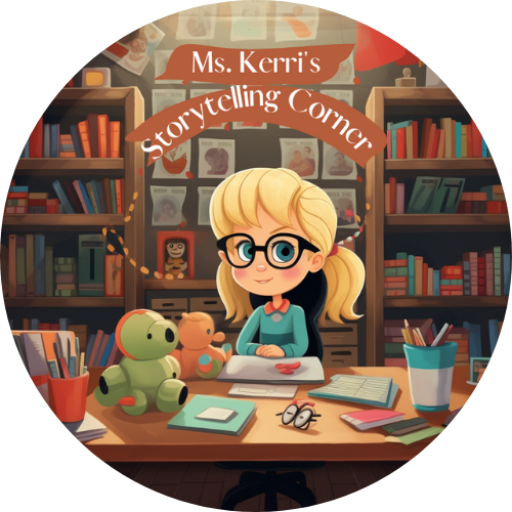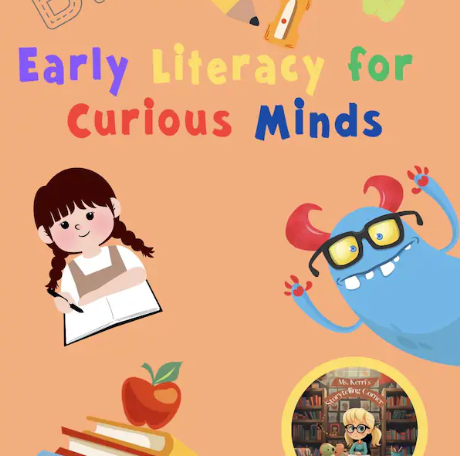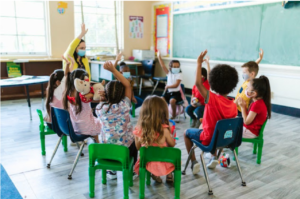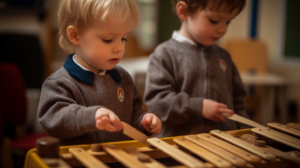Remember the first time your toddler picked up a crayon and made their mark on paper? Maybe it was on the walls (oops!), or perhaps it was that adorable scribble you’ve saved in their baby book. Those early attempts at making marks are actually the beginning of something incredible—their journey to becoming a writer.
Learning to write is one of those magical milestones that seems to happen overnight, but it’s actually built on countless small moments of practice and exploration. That’s where tracing letters for toddlers comes in. It’s not just about teaching them their ABCs—it’s about giving them the tools to control those little hands, build confidence, and discover that they can create something meaningful on paper. In this guide, we’ll talk about why tracing matters so much, how to make it actually fun (not frustrating), and where to find resources that really work.
Why Tracing Letters for Toddlers Is So Important
Here’s the thing about toddlers—they have all these big ideas and feelings, but their tiny hands are still learning how to cooperate. Before your child can write their name or pen a letter to grandma, they need to master the basics of hand control.
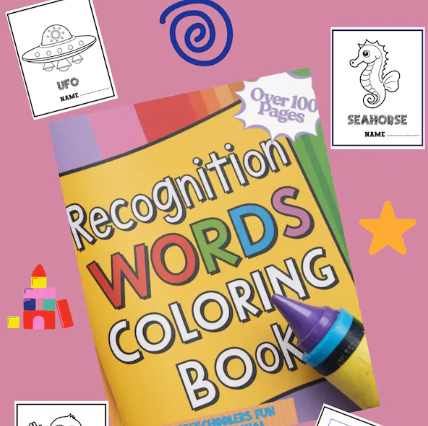
When you introduce tracing letters for toddlers, you’re helping them develop hand-eye coordination, strengthen those little finger muscles, and understand how letters are formed. It’s like giving them a roadmap before they start the journey. Every time they trace a letter, they’re practicing patterns and building muscle memory that’ll make actual writing so much easier down the road.
But it’s more than just physical development. When toddlers trace letters, something cool happens in their brains—they start connecting what they see (that curvy “S” or straight “I”) with the movement their hand makes. This multisensory experience actually helps them remember better and stay focused longer.
Research from Verywell Family backs this up, showing that children who start tracing and practicing letter shapes early tend to feel way more confident when they begin writing independently in preschool and kindergarten. And confidence? That’s everything when you’re learning something new.
Making Tracing Fun Instead of a Chore
Let’s be honest—if tracing feels like homework to your toddler, they’re going to resist it. The secret is making it feel like play. And with a toddler’s attention span lasting about as long as a goldfish’s memory, you’ve got to make every minute count with variety and excitement.
Here’s what actually works:
Let them pick their colors: Hand your toddler a box of crayons or markers and let them choose. When they pick neon pink or bright green to trace their letters, they feel in control and way more invested in the activity.
Get messy with sensory play: Forget paper for a minute. Pour some sand, rice, or even shaving cream on a tray and let them trace letters with their fingers. It’s tactile, it’s different, and kids absolutely love it. Plus, that hands-on experience strengthens motor memory in ways paper can’t.
Keep sessions super short: We’re talking 5-10 minutes, max. Your toddler isn’t going to sit through a 30-minute tracing marathon, and honestly, they shouldn’t have to. Short and sweet wins every time.
Celebrate every attempt: Whether they traced that “A” perfectly or it looks more like a squiggle, praise the effort. “You worked so hard on that!” goes a lot further than “That’s not quite right.” Every mark they make is progress.
Want beautifully designed tracing worksheets that make learning feel like fun instead of work? Check out our Etsy store, where we offer printable materials created specifically for toddlers. Each pack is designed to keep kids engaged without overwhelming them—or you.
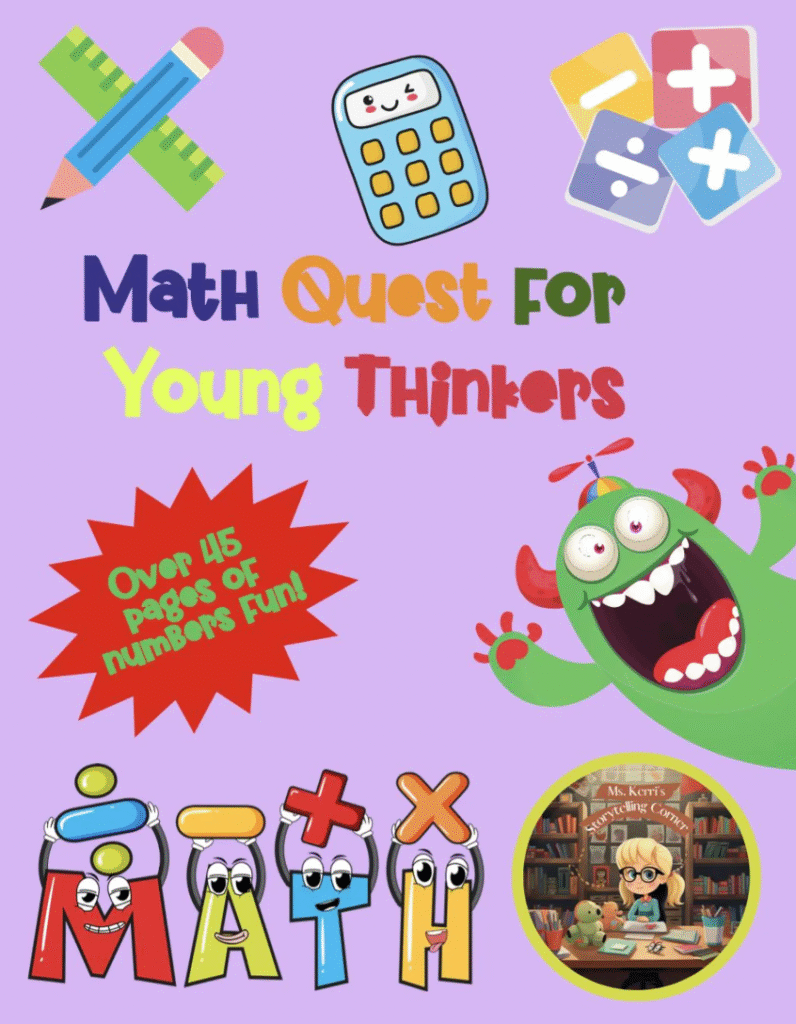
What Actually Works: Best Practices for Teaching Letter Tracing
If you’re just starting out with tracing letters for toddlers, you might feel a little lost about where to begin. Don’t worry—you don’t need a teaching degree to do this well. Just follow these tried-and-true strategies:
1. Start Big and Bold
Tiny letters are hard for tiny hands to trace. Start with big, chunky uppercase letters that give your toddler plenty of space to practice their strokes. Save the lowercase letters and smaller sizes for when they’ve built up their confidence and control.
2. Show Them How It’s Done
Don’t just hand your toddler a worksheet and hope for the best. Grab a crayon and trace a letter yourself while they watch. Talk through what you’re doing: “Look, we start at the top and go down, then across.” Modeling the movement helps them understand not just the shape, but the direction and flow.
3. Repetition Is Your Friend
Kids learn through doing things over and over (and over). Let your toddler trace the same letter multiple times across different days. It might feel boring to you, but to them, it’s building familiarity and making those movements automatic.
4. Mix Up Your Methods
Combine good old-fashioned paper worksheets with digital options. Apps like ABC Kids offer guided tracing with fun sounds and animations that keep kids engaged in a different way. Variety keeps things fresh and hits different learning styles.
5. Make It Personal with Name Tracing
Want to see your toddler get really excited about tracing? Use their name. Seriously, there’s something magical about seeing their own name in print. Personalized name tracing worksheets motivate kids like nothing else because suddenly those letters mean something to them.
The Tools That Make Tracing Easier
You don’t need a classroom full of supplies to teach letter tracing at home. Just a few well-chosen tools can make all the difference:
- Thick crayons or triangular pencils: These are way easier for small hands to grip than regular pencils
- Dry-erase markers and laminated worksheets: Trace, wipe, repeat. It’s eco-friendly and lets kids practice the same letters over and over
- Letter tracing boards: These tactile boards let kids feel the letter shapes while they trace
- Quality printable packs: Like the ones in our Etsy store that include tracing, coloring, and matching activities for every letter
With the right tools in your corner, you’re setting your toddler up for success without any of the frustration.
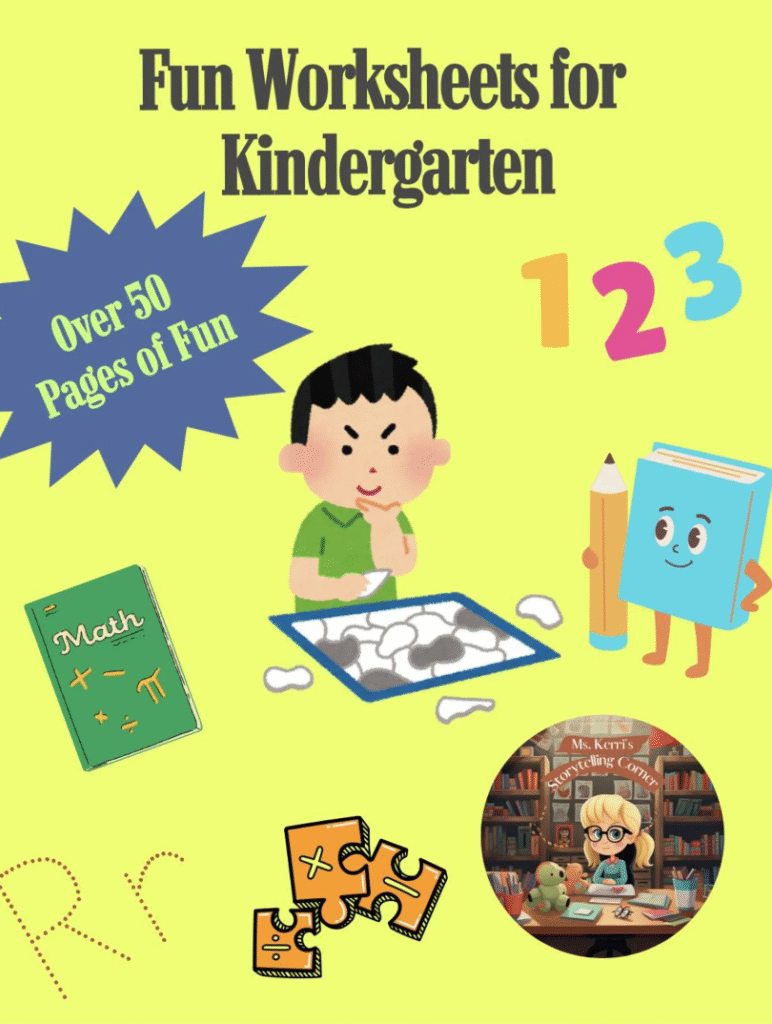
Building a Tracing Routine That Actually Sticks
Consistency doesn’t have to mean rigid schedules. It just means finding a rhythm that works for your family. Even a few minutes a day can make a huge difference over time.
Pick the right time: Morning usually works best when your toddler’s energy and focus are at their peak. But if your child is more alert after nap time, go with that instead.
Add some music: Play alphabet songs or nursery rhymes while your child traces. Music creates positive associations with learning and helps with letter recognition too.
Display their work: Stick those finished worksheets on the fridge or create a “learning wall.” When kids see their work displayed, they feel proud and motivated to keep going.
For more tracing ideas and free alphabet resources, Education.com is a fantastic resource trusted by parents and teachers everywhere.
The Hidden Benefits You Might Not Expect
Sure, tracing letters helps kids learn to write. But that’s just the beginning. Every time your toddler picks up a crayon to trace, they’re also developing:
Fine motor skills: Those same hand muscles used in tracing are the ones they’ll need for buttoning shirts, using utensils, and tying shoes.
Cognitive development: Tracing requires focus, problem-solving, and attention to detail—all skills that carry over into other areas of learning.
Language development: As they trace letters, they’re reinforcing letter recognition, sounds, and building the foundation for reading and vocabulary.
Each tracing session is building so much more than just writing skills. It’s helping your child become more confident in expressing themselves on paper—an essential step toward literacy and creativity.
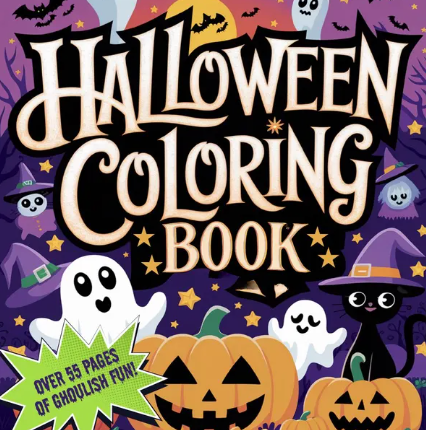
Ready-Made Resources for Busy Parents
Look, we all want to give our kids the best learning experiences, but who has time to create custom worksheets from scratch? That’s where quality printable packs come in.
Our preschool learning packs on Etsy include everything you need to support your toddler’s learning journey:
- Alphabet tracing worksheets that progress with your child
- Number and shape tracing activities
- Early math and fine motor skill builders
- Coloring pages and cut-and-paste exercises that reinforce learning
Each pack is designed by early childhood education specialists who understand exactly what toddlers need at each stage. And the best part? You can download and print them instantly whenever you need them.
Your Child’s Writing Journey Starts Here
Teaching tracing letters for toddlers doesn’t have to be complicated or stressful. When you create a playful, encouraging environment where mistakes are just part of learning, your child will naturally develop a love for writing that lasts a lifetime.
Whether you’re using printable worksheets, getting creative with sensory materials, or mixing in digital tools, remember that every single traced line is progress. Some days your toddler will nail it, and other days that “B” might look more like a blob. Both are perfectly fine.
At our Etsy shop, we’ve poured our hearts into creating affordable, beautifully designed learning resources that take the guesswork out of teaching. These materials make those first steps into writing easy, joyful, and successful for both you and your child.
So grab some crayons, pull up a chair next to your little one, and start this amazing journey together. Watch as those wobbly lines become confident letters, and those first traced shapes become the foundation for a lifetime of written expression. You’ve got this—and we’re here to help every step of the way.


Ms. Kerri’s Corner provides a exciting virtual space for preschool learning. Through a variety of engaging activities, she exposes young minds to early math, literacy, science and social-emotional skills in a developmentally appropriate way. Centers for blocks, art, books and music allow children to explore hands-on learning at their own pace. Guided lessons subtly introduce number sense, letter sounds and narrative thinking. Careful observation gives insight into each child’s progress across domains. Viewers are also invited to participate, reinforcing that their ideas are valued. By making learning fun yet purposeful, Ms. Kerri lays the groundwork for future academic success while fostering creativity and imagination. Her program offers preschoolers valuable screen-based learning experiences.
